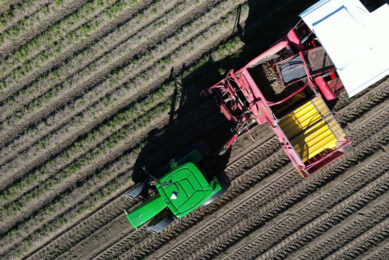Biosensors monitor sugar levels in plants in real-time

Researchers at Linköping University in Sweden have developed biosensors that make it possible to monitor sugar levels in real-time deep in the plant tissues. According to the researchers, the information from the sensors could help growers to adapt crop production to climate change.
The sensors are bases on organic electrochemical transistors that can be implanted in plants. According to Linköping University, the biosensors can monitor sugar levels in real time, continuously for up to two days. The information from the sensors can be related to growth and other biological processes.
Text continues underneath image
Optimise the conditions for growth
“The sensors now are used for basic plant science research but in the future they can be used in agriculture to optimise the conditions for growth or to monitor the quality of the product, for example. In the long term, the sensors can also be used to guide the production of new types of plant that can grow in non-optimal conditions”, says Eleni Stavrinidou, associate professor in the Laboratory of Organic Electronics, Department of Science and Technology at Linköping University.
Text continues underneath image
How plant metabolism works
According to the researchers, the mechanisms by which plant metabolism is regulated and how changes in sugar levels affect growth are still relatively unknown. Previous experiments have typically used methods that rely on detaching parts of the plant. However, the sensor developed by the research group gives information without damaging the plant and may provide further pieces of the puzzle of how plant metabolism works.
“We found a variation in sugar levels in the trees that had not been previously observed. Future studies will focus on understanding how plants sugar levels change when plants are under stress”, says Eleni Stavrinidou.
Join 17,000+ subscribers
Subscribe to our newsletter to stay updated about all the need-to-know content in the agricultural sector, two times a week.



